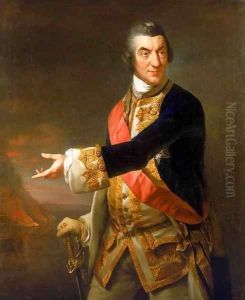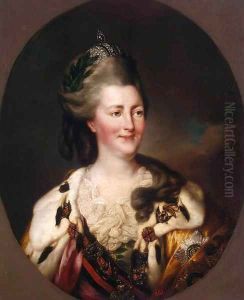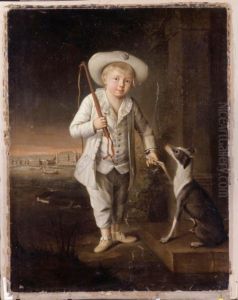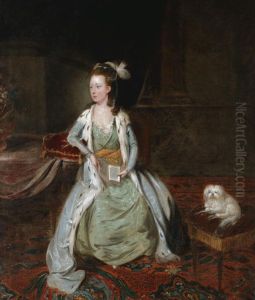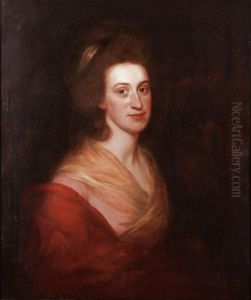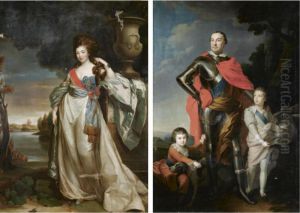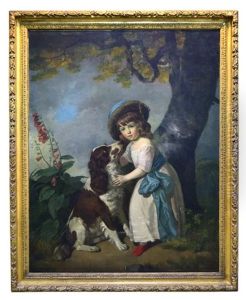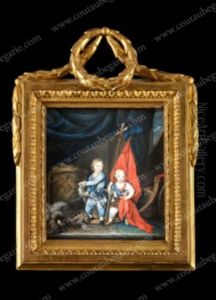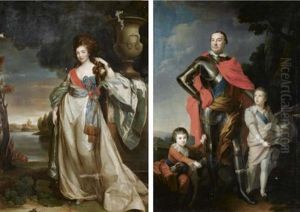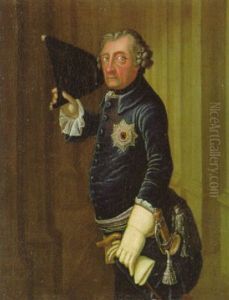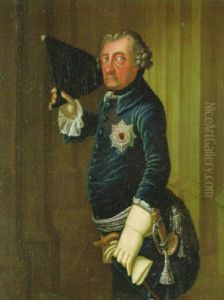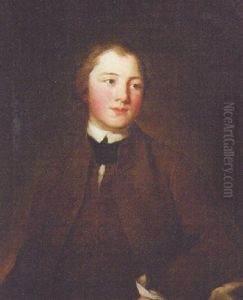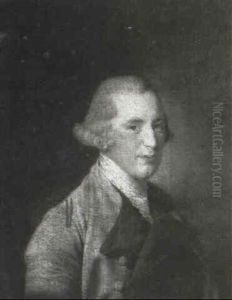Richard Brompton Paintings
Richard Brompton was an 18th-century British portrait painter. Born in 1734, Brompton developed a keen interest in art at an early age. Little is known about his early life or his training, but it is evident that he had a significant amount of talent, which allowed him to build a career as an artist. He is known to have spent a considerable amount of time abroad, particularly in Italy, which was common for artists of his era seeking to complete their education and refine their skills.
In Italy, Brompton spent time in Rome, where he was influenced by the works of the Old Masters and the burgeoning neoclassical style. He became associated with the circle of artists around Pompeo Batoni, a leading painter of the time known for his classical approach to portraiture. Brompton's style was characterized by a strong sense of composition, a clear use of light and shadow, and a particular attention to the details of costume and setting that was influenced by his exposure to Italian art and culture.
After his time in Italy, Brompton returned to England, where he attempted to establish himself as a portrait painter. He exhibited at the Society of Artists and became a member in 1765. Despite his skills and the quality of his work, Brompton never achieved the same level of fame or success as some of his contemporaries, such as Joshua Reynolds or Thomas Gainsborough. Nevertheless, his portraits were well regarded by those who commissioned them, and he was able to maintain a modest practice.
Brompton's career in London was somewhat overshadowed by the more prominent artists of his time, yet he continued to work and exhibit his paintings. He also became involved with the Royal Academy of Arts, although he never became a member. His works from this period demonstrate his continued adherence to the principles he absorbed in Italy, with a focus on the grandeur and dignity of his subjects.
Richard Brompton died in 1783, leaving behind a modest but respected body of work. While his name may not be as widely recognized as some of his peers, his portraits still represent a notable contribution to British 18th-century art, reflecting the transnational influences that were at play in the art world of the period. His paintings can be found in various art collections and continue to be studied by those interested in the era’s portraiture.
